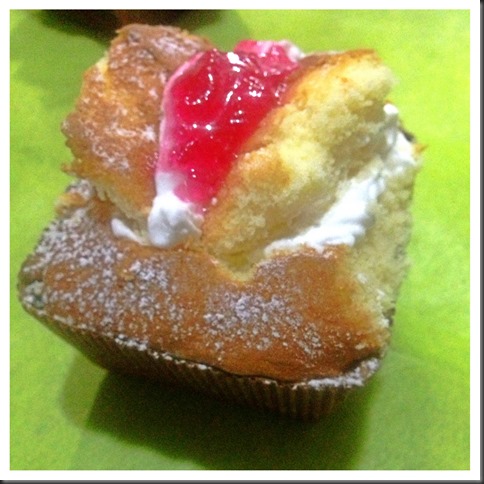INTRODUCTION
I have not forgotten about this series – “What I Cooked Today Series”! I have discontinued for a while because I am a vegetarian and the dishes were usually cooked by my mother in law who is visiting me. Therefore, I can’t claim the credit of the dishes cooked if I posted it.
Well this series will be starting soon in one two weeks time after end of my vegetarian diet. This year, I have calculated wrongly about the starting date of my diet, therefore, I am having slightly more than 2 months of vegetarian diet and it was pointed out by my neighbour when I keep on rejecting her meat dishes. She asked curiously why the diet is so long this year, she said it cannot be ! I asked my wife to recalculate again and yes, we are wrong as both of us are not that concern about anniversary dates.
Yesterday is the Mid Autumn Festival, one of the very big festivals for the Chinese worldwide. Even People’s Republic of China’s government have declared this day as a holiday in recent years. Usually, in big festivals, family gathering and get together is very important.
I only confirmed to invite my nephew’s family for dinner yesterday morning and I told them that I would only cooked what I have at home. As they are my very close relatives, I need not really concerned about what I should cooked as he have been staying with me for the past few years. I did not have the time to plan for the meal as I have to take care of the kids and I have to rush out my report for Eight Treasure Porridge.
I only started cooking at 4.00 pm in the afternoon. I looked at the fridge, I have some tofu, one pumpkin, one luffa, some chicken fillets, some asparaguses, minced meats, chicken thighs, drumsticks and fish fillets.
What influenced my dish menu last night was what I perceived what my family members like to have. I know anything soft and silky will be welcomed by them, so tofu and pumpkins would be good choices.
While the family always have bitter gourd with minced meat, but luffa with minced meat is something new to them. In addition, my kids loved luffa so luffa with minced meat was in the menu.
Preparing these two dishes had resulted some mesh pumpkins, minced meat and tofu left, therefore, I have decided to turn these 3 ingredients into a dish.
PORK STUFFED LUFFA (丝瓜酿肉碎)
This is a dish adapted from pork stuffed bitter gourd (苦瓜酿肉碎). The luffa was first de-skinned, and cut into 2 cm chunks. Make a hole in the centre and set aside. Minced pork were marinated for about 10 minutes with sesame oil, corn flour, light soya sauce, flavour enhancers, sugar, pepper, chopped coriander leaves and chopped winter vegetables. Stuff the minced pork into the hole of the luffa chunks, placed it in a serving plate nicely and put a goof berry on top of minced meat for garnishing. Before steaming, put some water in the plate of the meat stuffed luffa. (A bit of water is important as it will speed up the process of cooking the luffa. The luffa will be “water bathed” causing it easier to get cooked). Steamed for about 20 minutes or until your luffa is soft. More juices will be secreted out and these gravy was very tasty as it was essentially a meat and vegetable broth. You can put some corn starch to thicken this juices if desirable.
TOFUS SAIL IN PUMPKIN SEA (豆腐金瓜海)
I have to admit that I do not know how to name this dish. Since it looks like a seas of mashed pumpkins, I named this as “tofu sail pumpkin seas”. Firstly, I cut opened a pumpkin, de-seeded and steamed the pumpkin until the pumpkin was soft. I then scratched out the pumpkin flesh, put some sesame oils, salt, mushroom concentrate, mixed well and let the mashed pumpkin to cool.
Two packets of tofu’s were cut into 8 pieces and arrange in a serving plate. I used a teaspoon to make a hole on the tofu, put some mashed pumpkins to cover the hole. Use the remaining pumpkin to put beside the tofu and steamed for about 10 minutes. Surprisingly, the tofu and pumpkins really blends well.
MINCED PORK FRIED WITH MASHED PUMPKINS AND TOFUS (山寨蟹粉豆腐)
From the above two dishes, I have some mashed pumpkin left , some tofu left (from making a hole in the tofu cubes), some minced meat left (as I have prepared one package of minced meat for the luffa dish, therefore, I still have about half of the minced meat left). With these 3 ingredients, I have decided to mash the tofu and fried these 3 ingredients together.
I first stir fried some spring onion (white part) in a frying pan of hot oil until aromatic, followed by the minced meat and once the meat was 50% cooked, add the mesh pumpkin and mesh tofu. Stir fried for another 2-3 minutes, add white pepper, sugar, light soya sauce and salt and it become a rather presentable dish..like the famous Shanghai dish, “Tofu With Hairy Crab Roe”. Therefore I have named this dish in Mandarin the “Fake Tofu With Hairy Crab Roe”.
The dish was very tasty and smooth, it is well liked by the kids because of the aromatic spring onions. I have placed the cooked dish in the empty shell of the pumpkin for serving.
BLANCHED ASPARAGUS WITH CHICKEN FILLETS (芦笋鸡柳)
This is really an easy dish.
Asparagus were de-skinned (depends on whether it is too mature or not) and cut into same length. Chicken fillet were first cut into the desired sizes, marinated with sesame oil, pepper and light soya sauce for about 10 minutes,
Have a pot of boiling hot water, drizzle a few drops of cooking oil and pinches of salt. Get ready a serving plate and put some oyster sauce on the plate. Blanched the asparagus in the hot boiling water for 3 minutes and dip in icy cold cooked water.
Place these asparagus neatly in the serving plate on top of the oyster sauce. Coated the chicken fillet with some corn flours and blanched the chicken fillets in the hot boiling water for about 5 minutes. Scoop out and placed on top of the blanched asparagus. Sprinkled some fried shallots on top of the chicken and the dish was done.
This was definitely an easy and healthier dish as it involved no frying like the traditional method. Though I did not taste the asparagus but I can tell you that it was sweet as all the juices were being sealed inside the asparagus via blanching method of cooking.
CENTURY EGGS WITH PICKLED GINGER (皮蛋酸姜)
This dish was usually treated an appetizer in Chinese full course dinners and did not really need any preparation. As I have quite a lot of pickled ginger left from my demonstration in Guaishushu’s Page, therefore, I have decided to prepare this dish as an appetizer. You may want to learn about how to prepare the pickled gingers HERE.
POMELO (柚子/文旦)
When I was young, we did not celebrate Moon Cake Festivals with pomelo.
However, in recent years, it seemed that it is very common that pomelo became one of the festival fruit during the Moon Cake Festivals. I checked the internet, pomelo have the syllables as “have kids” (有子)in Mandarin, therefore, having pomelo means that it will bring you luck in conceiving a kid. Well, definitely not for me.
It is my usual way to de-skin my pomelo like what is in the picture to make it easier for my kids to eat. Therefore, all my kids loves to eat pomelo as they do not need to peel the internal white membranes separating the lobes in the fruit. They have been pampered, Unlike me, I never like to eat pomelo when I was young because of the difficulty to peel of the internal white membranes.
GREEN DATES (甜枣)
This is nothing to do with this festival. I just spotted in the supermarket a few days ago and I really love these green dates. I always called it mini apples. In my humble opinion, it taste like apples and is a one bite size. I am able to finish one box within a day. I don’t know but I do believe it is a very healthy snack, much healthy than any carbohydrates and sugar loaded snacks. Yesterday, it was served together with pomelo after dinner.
MOONCAKES (月饼)
I have a few boxes of moon cakes and I have decided to serve a durian moon cake that my nephew gave me from the international “Three” Seasons Hotel. However, I am rather disappointed with the moon cakes. Put in bluntly, it is just pure durian flesh wrapped in snow skin. When you eat the moon cakes, it is very soft and just like when one is eating fresh durian (though it don’t taste that fresh any more after so many days).
It was definitely not cheap and my nephew told me even after discount, one small moon cake cost SGD 12. I honestly believed that should I received the moon cake earlier, I will be able to replicate the moon cake .. and how much is one durian is this season? May be 3 durians for SGD 10? Well the one below is equally disappointing as they have incorporate orange flavour in the lotus seeds fillings.
Lastly, I hoped that you like my cooking adventures today and unlike previous festivals, I have cooked something very simple. In other festivals, majority were meat dishes and I managed to locate an old picture in my Facebook to share with you. This was taken by one of my nieces in 2012 to celebrate Chap Goh Me (元宵)during Chinese New Year.
Have a nice day and cheers.

































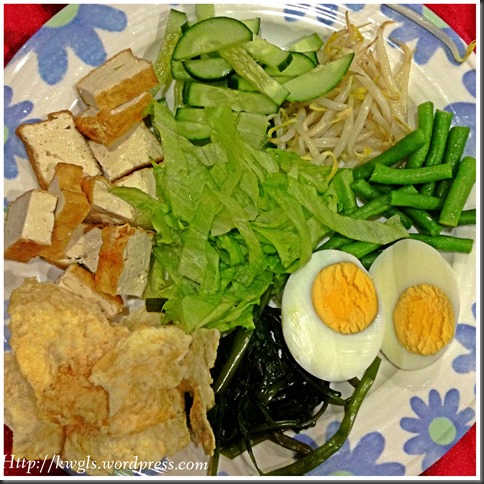



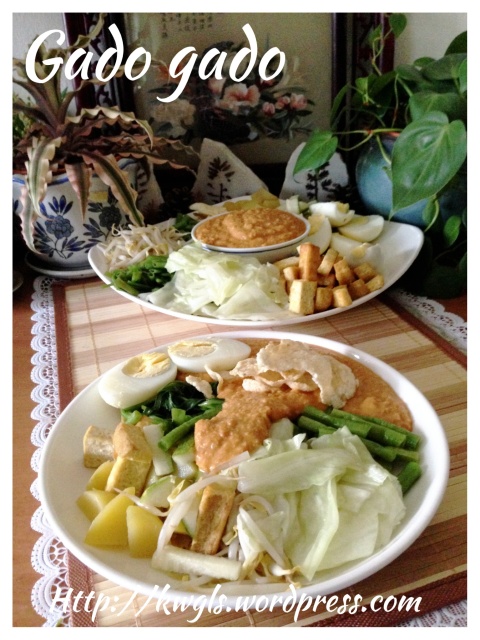





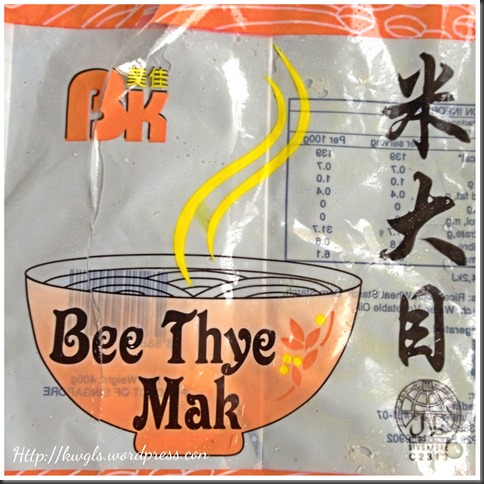













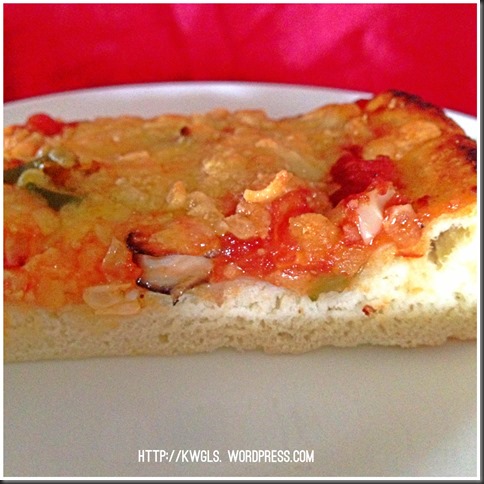





















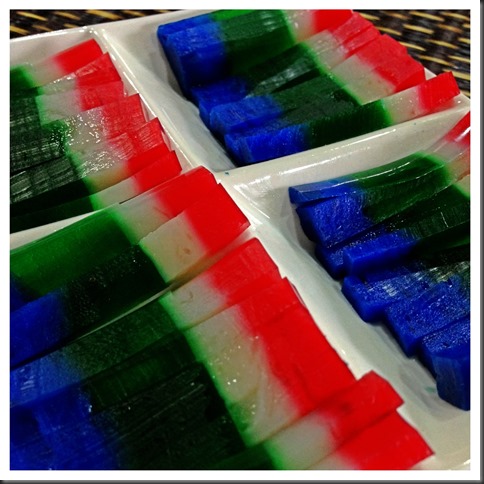


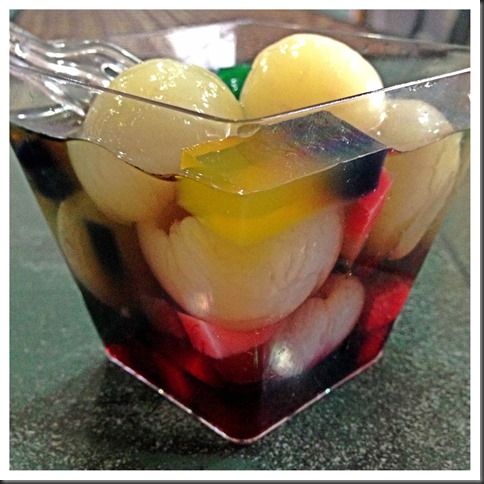




























 Source:
Source: 

 Source :
Source : 









